-
Tithonia
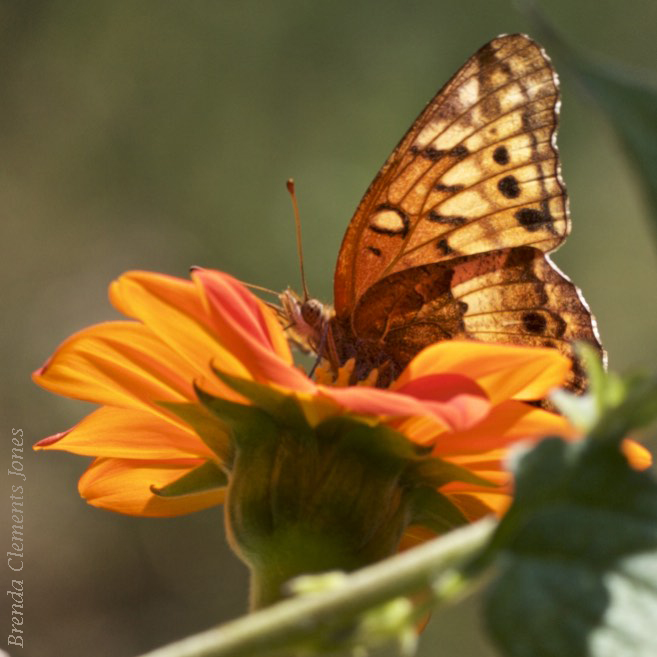
Tithonia rotundifolia. Native to Florida, Louisiana, Mexico, Central America, and the West Indies. NOT native to Virginia but it is a well behaved annual which I try to plant every year. I thoroughly adore it for the many butterflies, including Monarchs, and the hummingbirds that the dazzling orange flowers attract. A bright orange magnet in…
-
Spring Blooms of Sweetspire
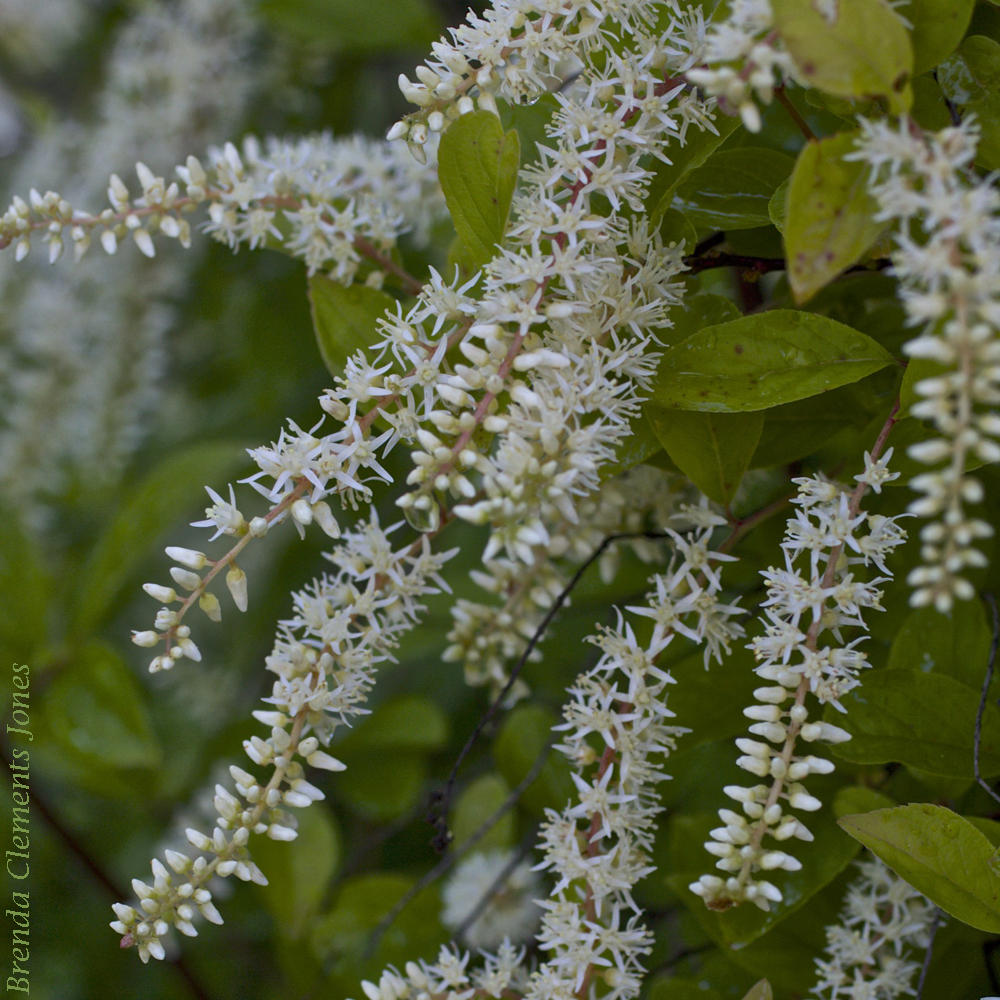
Sweetspire (Itea virginica) in the rain. A shrub native to the southeast United States. Bees and butterflies love the blooms. And in the autumn Sweetspire gets my nomination for best color of the season. A great alternative to the exotic invasive Burning Bush (Euonymus alatus).
-
Winterberry Revisited
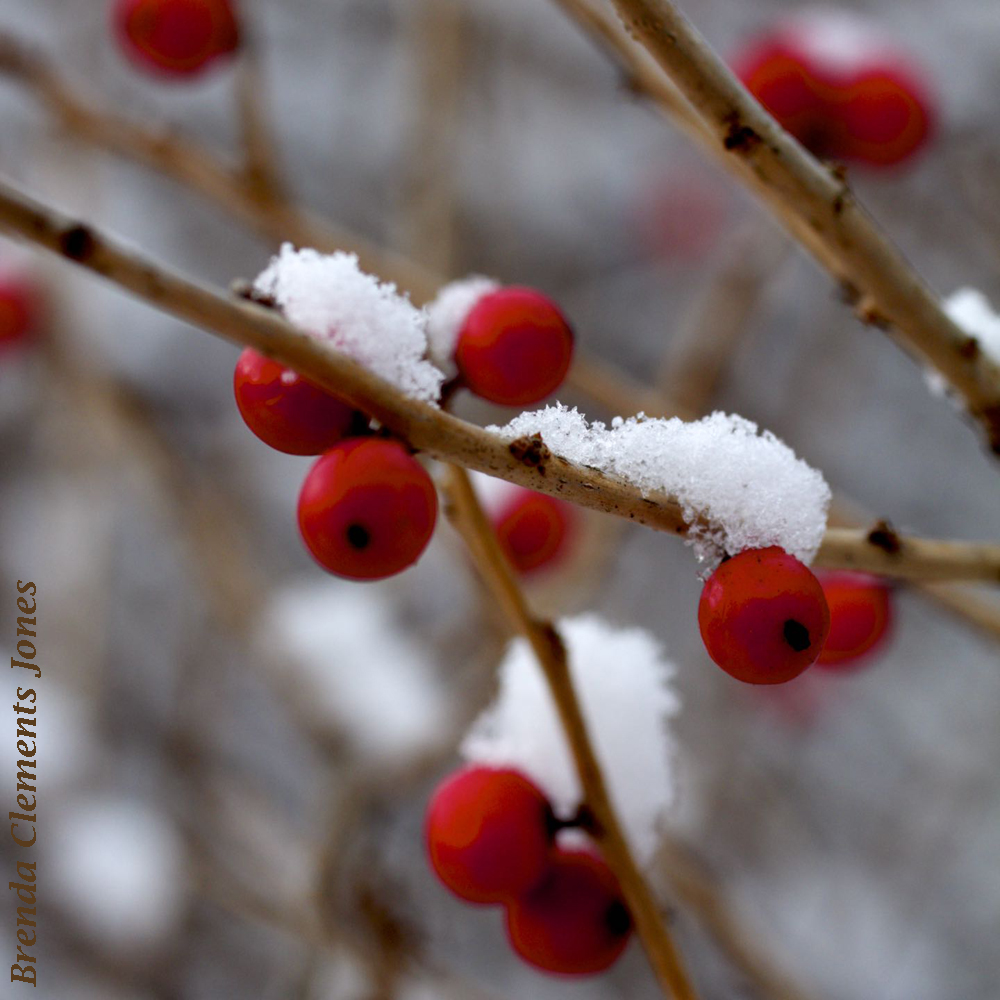
At the very top of my favorites for wintertime shrubs — Winterberry (Ilex verticillata). A deciduous species of Holly. Native to eastern North America, and is hardy in USDA zones 3 through 9. Winterberry is a dioecious bush that gets tiny inconspicuous flowers in June and July that attract bees and butterflies and is the host…
-
More Hickory
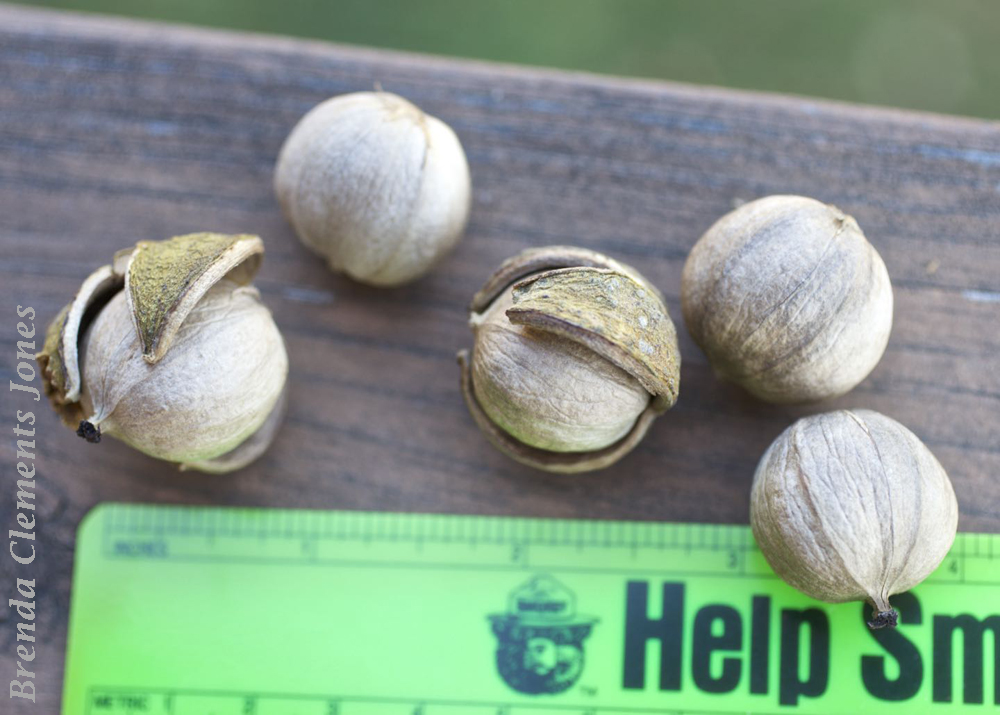
Continuing on a thread that I started yesterday. These nuts are Bitternut Hickory. All Hickory nuts are edible but with this one, as the name implies, is one that you might want to skip. There are much better nuts in the woods. Some moths have the Hickory tree as their host plant. One that is…
-
White Wood Aster
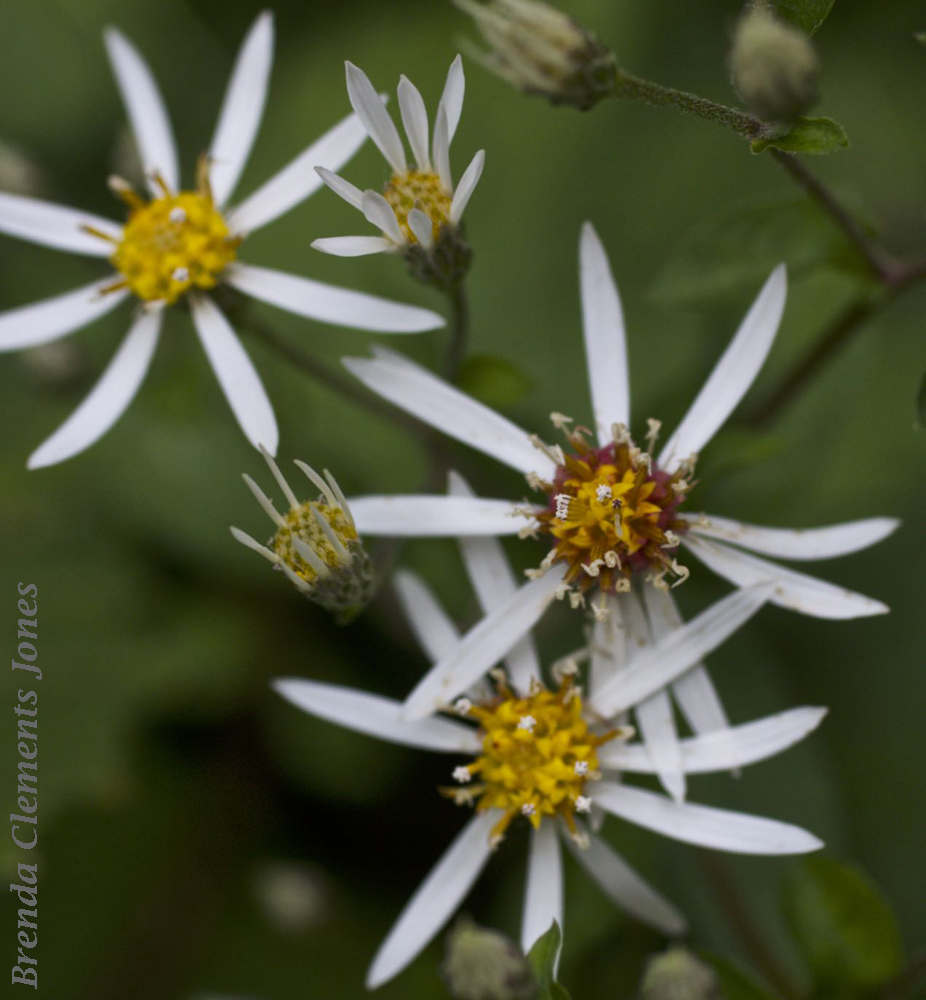
White Wood Aster (Eurybia divaricata), is an herbaceous perennial plant native to eastern North America. It’s encountered mainly in the Appalachian Mountains but can be found scattered in other places in the east. Stems that are not perfectly straight, take on a reddish/purplish hue as the season wears on. Heart-shaped leaves with serrated edges. Plants…
-
Aromatic Asters
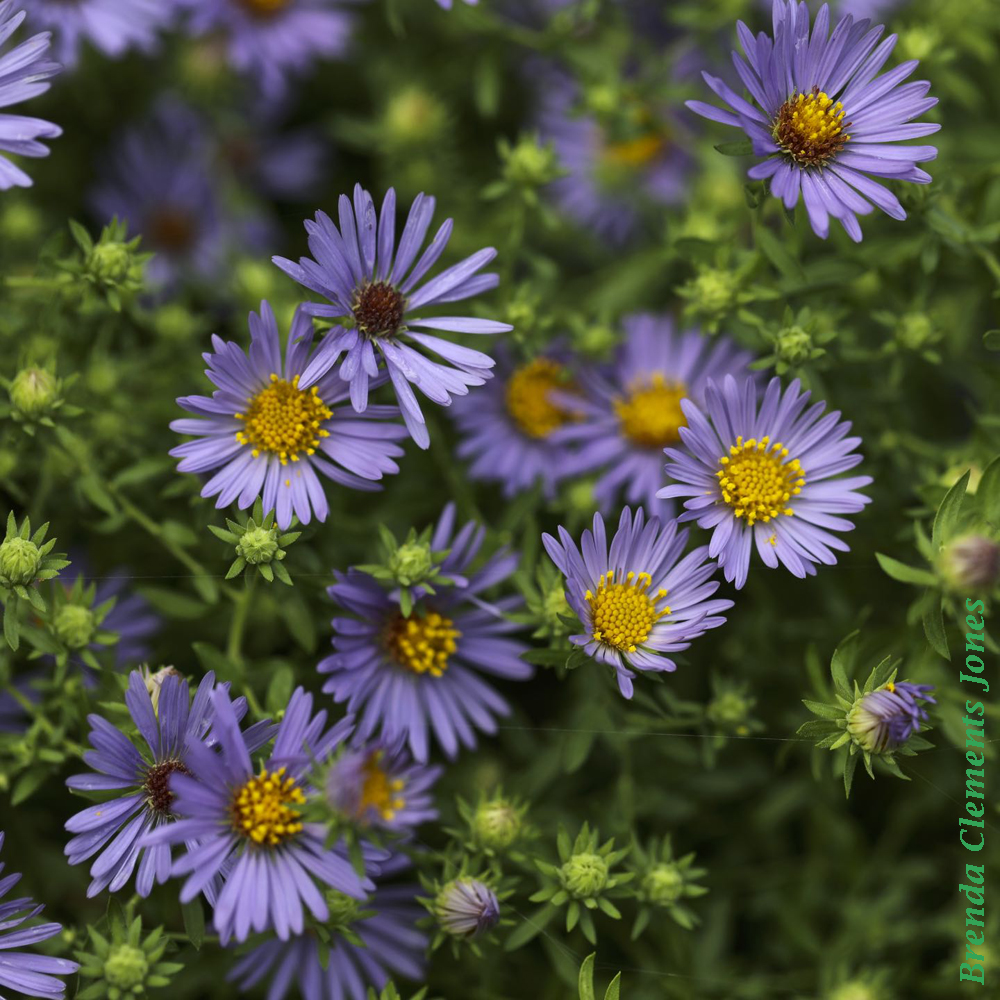
Aromatic Asters (Symphyotrichum oblongifolium) are visited by bees, butterflies and skippers, seeking nectar and in the case of the bees, pollen. The caterpillars of moths and of Silvery Checkerspot Butterflies eat the foliage. This Crab Spider is hanging around hoping to catch some dinner, just waiting for the perfect insect to come along. I’ve got…
-
American Persimmons
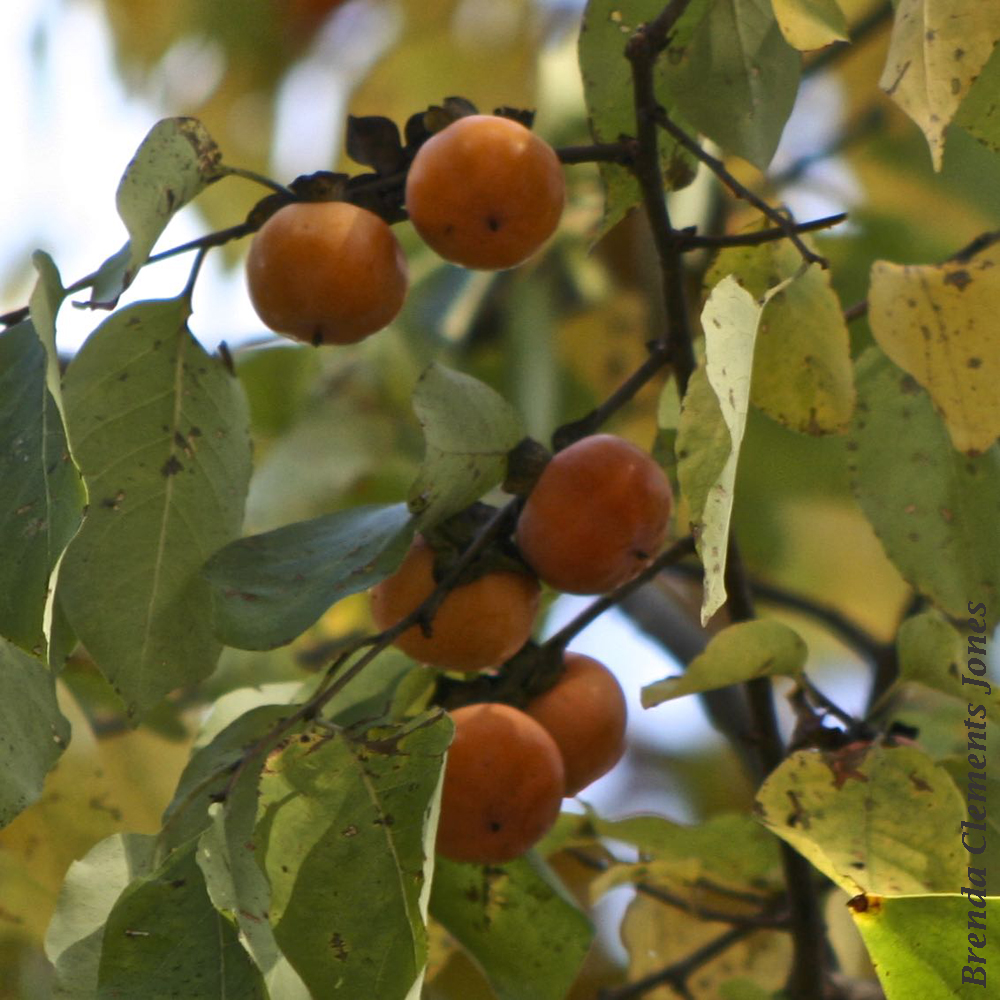
American Persimmons (Diospyros virginiana). They seem to be everywhere up here now. The fruit growing into a small orb with a soft green color. Dropping from their branches as they ripen. Those little fruits are tempting bears, if any bears are around here now. It’s something that bears really enjoy eating if one can tell…
-
Silver-spotted Skipper Revisited
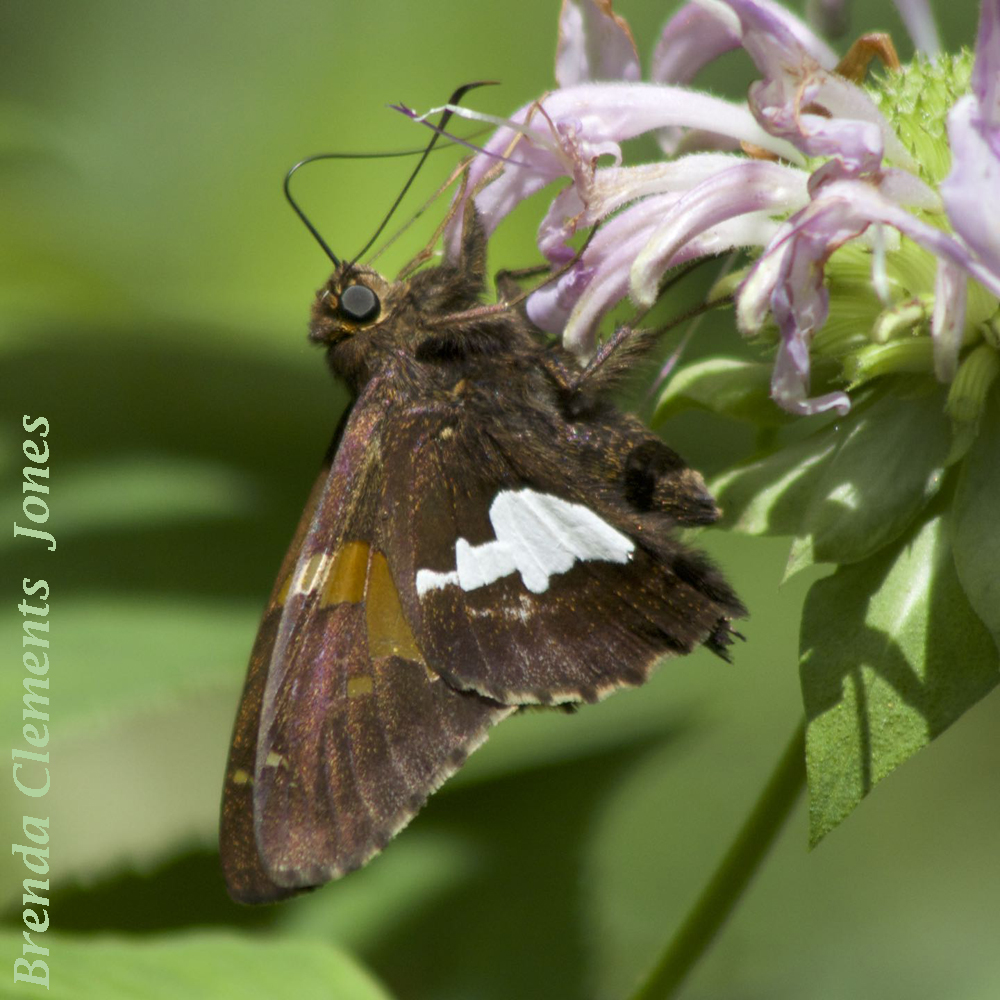
With a wingspan of 1.75 to 2.5 inches the Silver-spotted Skipper (Epargyreus clarus) is the largest of the skippers. But being the largest of the skippers doesn’t make it LARGE compared to some moths and butterflies. The Silver-spotted Skipper is certainly the skipper that I see most often as I check out the trails here…
-
Ironweed
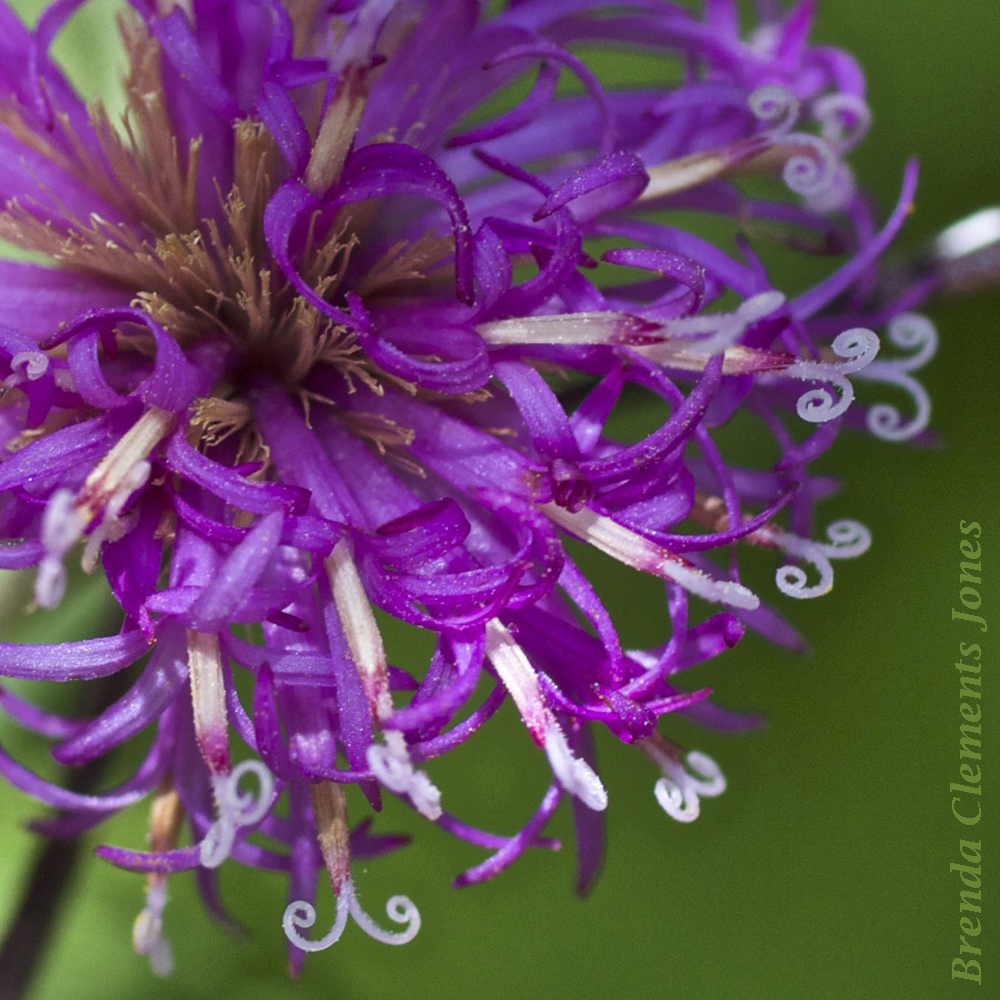
Got a spot in the woods? If you do, I hope you have this plant somewhere close by. An amazing color and a beautiful flower. Ironweed. Quite possibly New York Ironweed (Vernonia noveboracensis), but then again it might be Upland Ironweed (Vernonia glauca), or Tall Ironweed (Vernonia gigantea). These three species all reside in Virginia…
-
Silverleaf Mountain Mint
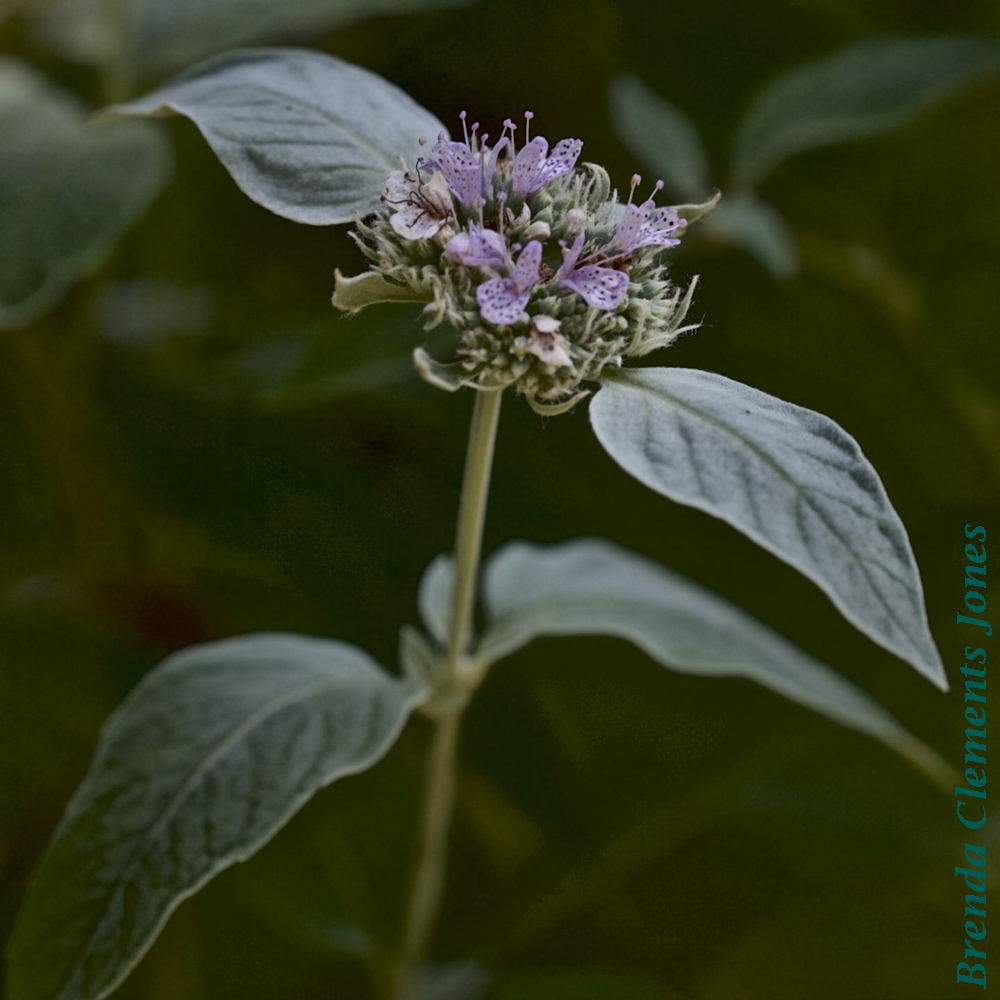
A native mint that has intrigued me for years living trailside here on the mountain. I’ve found it available at a native plant nursery and now I have some in my gardens. Silverleaf Mountain Mint (Pycnanthemum incanum). Native to eastern North America. The nectar of this Mountain Mint is popular with bees and butterflies. The…